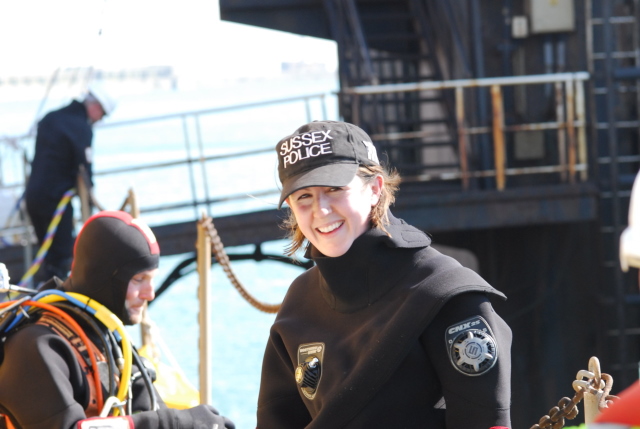About the Study
There are certain factors that can affect the movement of the human body and human remains in water. These variables could effectively determine the search parameters and the subsequent success of a recovery operation.
After starting work on a search and recovery unit in 2007 I quickly noticed patterns in body movement in water. I knew that the variables which affected the movement of the body were based around the water environment and the body itself and I wanted to create some form of dataset that could explore these further.
Enhancing our knowledge and skills will ensure that we save time and money in searching for missing people, minimise the risk to all of those involved and crucially we may be able to give an earlier resolution to the families of missing people.
I started the Body Recovery From Water Study in 2008 and began collecting data on local body recoveries; The questionnaire was then tested and refined through data provided by Police units throughout the UK. The Study gained the support of governmental public sector agencies and search organisations both in the UK and internationally. Additionally the project collaborates with academic bodies, leading to the adoption of the research as a significant contribution to the field.
Core Aims of the Study
- To collect data and share analysis of this data with the international search community and investigation teams regarding the movement of bodies in inland water.
- To enhance learning to make us more effective in the searching for and recovery of bodies in water.
- To minimise the risk to search personnel.
- To reduce search time to gain an earlier resolution in missing person cases.
- To provide sanitised information to public bodies so measures can be made to prevent drowning incidents.

How are these aims achieved?
The research methods have two approaches: field data collection and analyses and experimentation.
Data are collected via the questionnaire and this is statistically analysed periodically. Results of this analysis are made available to any interested parties in the search community.
Themes emerging from the field data analysis are further tested using experimental techniques.
Knowledge emerging from the research is shared via meetings, seminars, conferences or other forms of contact with like-minded people.
Providing the analysis of the data and examining hypotheses promotes discussion and sharing of knowledge with other interested parties, this knowledge exchange is both ways recognising some of the excellent work that has already taken place and is going on elsewhere in addition to what can be achieved though analysis of the Study data.
By using the data and knowledge to target search areas the risk is reduced to search operatives who may be able to minimise search time required by prioritising search areas. Prioritising search areas may assist with targeting which resources are appropriate (ie diving and underwater search technology or surface searches).
Emerging patterns of drowning incident locations are highlighted to partner agencies so that public safety campaigns and other measures can be considered to try to reduce deaths in water.
What does the future hold?
I am always developing the study to broaden the amount and range of organisations and services that contribute. Increasing the amount of data on the database will give a wider selection of incidents and will mean that we can more accurately predict how bodies will move in water to assist us in our work. I want to increase awareness both to expand the database but also to share the analysis of information and any learning as freely and as widely as possible amongst the search community.

Current Situation
This Study has been running for fifteen years, although to start with it was not possible to proactively gather data. There are currently 525 cases on the database (as at July 2023) and an important objective is to keep this number continually growing. Every case gathered contributes to the aims of the project and increases the accuracy of the ongoing analysis. Patterns emerged from the early analysis of the cases showing likely body movements in water. Updates on the progress of the study are made available to any interested parties; I welcome questions and feedback about the research.
